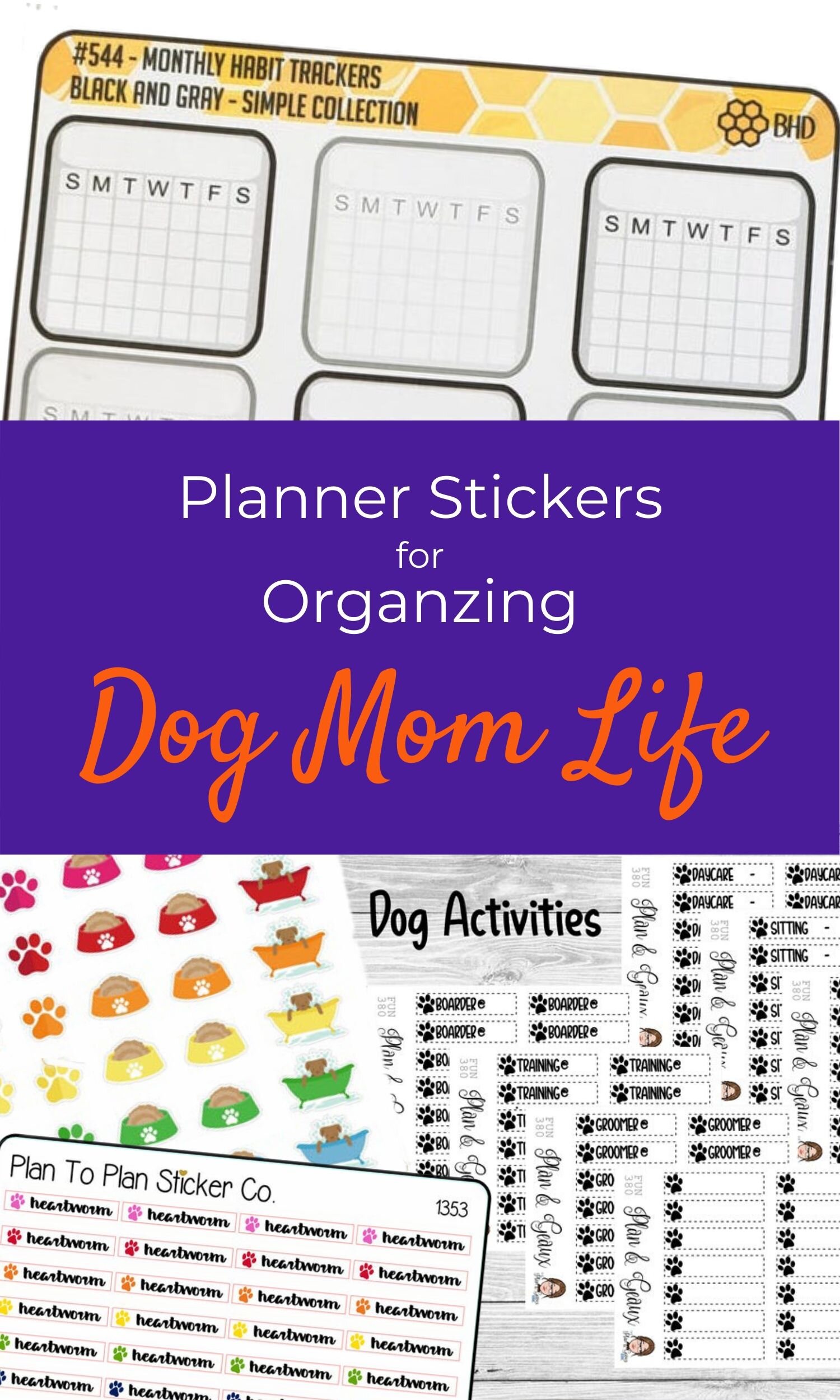Book Review: Dog Health Care: 7 Simple Ways to Keep Your Dog Healthy by Rachele Baker, DVM
/The must-have book for dog owners written by an experienced veterinarian and dog lover.
About the Book
You may be able to help your dog avoid developing medical problems like skin infections, ear infections, and more, by following the simple preventative care recommendations that Dr. Baker discusses in this book. Preventative care is much less expensive than paying for veterinarian exams, diagnostics, and treatments for your dog when your dog develops medical problems.
Dr. Baker answers some of the most asked questions from dog owners. Is it normal for dogs to have bad breath? What vaccines does your dog really need? Does it really matter what food you feed your dog? In this book, Dr. Rachele Baker shares the knowledge that she has acquired during more than sixteen years as a practicing veterinarian. Even people who have had dogs for years will be sure to learn something new in this book!
Dr. Baker received her B.S. from the University of California Davis in 1997 and her Doctor of Veterinary Medicine degree from Michigan State University College of Veterinary Medicine in 2001. Dr. Baker wrote this book to provide dog lovers with the information they need to keep their dogs healthy in a simple, brief, yet comprehensive, manner.
My Review
Disclaimer: I received a complimentary copy of Dog Health Care: 7 Simple Ways to Keep Your Dog Healthy by Rachele Baker, DVM in exchange for an honest review. The opinions expressed here are entirely my own. Thank you to Loving the Book for arranging this book tour.
Within less than 100 pages, Rachele Baker, DVM, outlines how any dog parent, experienced or brand new, can help their dog live a healthier lifestyle.
She organizes her book into seven sections with two bonus sections:
Chapter 1: The Best Nutrition for Dogs and Puppies
Chapter 2: Keeping Your Dog at a Healthy Weight | Fun Exercise Options for Your Dog
Chapter 3: Taking Care of Your Dog's Teeth
Chapter 4: Protecting Your Dog from Fleas and Ticks
Chapter 5: Protecting Your Dog from Heartworm Disease
Chapter 6: Keeping Your Dog's Ears Clean
Chapter 7: The Right Vaccinations for Your Dog
Bonus 1: Tips and Tricks for Giving Medications to Your Dog
Bonus 2: Important Information to Take to Your Dog's Veterinarian Visit
In each section, she provides concise and precise information. No wasting your time. I read the entire book in less than two hours. When you're a busy parent, of humans and/or dogs, a quick but thorough read is exactly what you want and need.
Within the section on nutrition, Dr. Baker's description of how to check your dog to determine if he is overweight or underweight is two paragraphs long, including how to check with a physical inspection and how to check visually. Her writing is clear and easy to understand.
Dr. Baker opens her chapter on healthy weight and exercise with a disturbing statistic:
“It is estimated that approximately 54% of dogs in the United States are either overweight or obese.”
Yikes! Her explanation of the consequences of your dog being overweight is sobering. Even long-time dog parents would be smart to read this section to crystallize why keeping your best friend at a healthy weight is so important.
To help dog parents out, she offers several different exercise options for you and your dog. Her suggestions keep in mind that not everyone has unlimited time and money. As someone who just started a Novice Agility Class, my head spins when I think about how much money I could spend on equipment. Sure, I could make the equipment for less, but that's a time investment. And then I have to store all of this equipment somewhere. Her suggestions require little monetary investment.
The critter chapters give any dog parent an overview of the different kinds of fleas and ticks, and a clear definition of what the heck a heart worm is. She also covers how these various parasites can negatively affect your dog.
In particular, ticks concern me, so I was thrilled to discover the University of Rhode Island's TickEncounter Resource Center. Dr. Baker recommends using their Tick Identification Chart to learn more about ticks in your region of the U.S.
While I'm not a fan of these parasites, I am better informed about each one and the diseases associated with each.
Her explanation of the core vaccinations, DA2P and Rabies gets right to the point. If your dog does not build up antibodies, Dr. Baker describes what could happen if they are exposed to the various viruses. I especially liked how she broke the DA2P vaccination into its three parts protecting dogs against four different diseases. She offers definitions that are accessible to any pet parent. I could easily see myself using her book as a reference tool if I ever needed clarification on these viruses.
Dr. Baker ends her book with a handy checklist of what kinds of records you should bring with you to your first vet visit. While you could ask vet clinics to coordinate the transfer of records, she encourages dog parents to call to confirm that new vets have received records before you bring your dog in for your initial appointment with the new vet. The checklist will help you and your new vet make the best decisions possible for the health of your dog because everyone has the same information.
While Dr. Baker makes various recommendations for different products, she must know how particular dog parents can be. If you don't like one manufacturer or you know your dog would never like a certain item/flavor, she has another choice ready for you.
Throughout her book, I found myself "hmming" as I read another helpful tidbit or piece of information I did not previously know. For example, in the section on fleas, Dr. Baker warns dog parents to avoid flea shampoos because they may be toxic and they could dry out your dog's skin making them even itchier. She shares, "Any shampoo will kill fleas on a dog." Makes total sense when I think about it. How tiny is a flea? Their respiratory system can't overcome lathery soap!
If you're a dog parent looking for a straightforward guide on how to help your dog live a healthier life, I recommend reading Dr Rachele Baker's Dog Health Care: 7 Simple Ways to Keep Your Dog Healthy.
Buy Now
Amazon | Barnes & Noble | iTunes | Kobo
About the Author
Dr. Rachele Baker is a veterinarian, an author, an award-winning blogger at Rachele Baker, Veterinarian and Author, and, of course, a pet lover.
She lives in the beautiful state of California. Rachele likes to try new restaurants, go to local festivals, hike the many beautiful trails around her home, and explore California wine regions.
Rachele has been working as a veterinarian in California caring for dogs and cats for seventeen years. She received her B.S. from the University of California Davis in 1997 and her Doctor of Veterinary Medicine degree from Michigan State University College of Veterinary Medicine in 2001.
Rachele has written and published a number of interesting and helpful articles about pet health and resources for pet lovers on her website.
Official Website | Subscribe to Rachele's Website | Subscribe to Rachele's Monthly Newsletter
Social Media Links: Facebook | BookBub | Twitter | Instagram | Pinterest
Snippet from Dog Health Care: 7 Simple Ways to Keep Your Dog Healthy
Chapter 2 – Part 2:
Fun Exercise Options For Your Dog
Training your dog not to pull on the leash
To train your dog not to pull on the leash when you are going for a walk, use a six-foot leash rather than a retractable leash to give yourself more control. The minute your dog starts pulling on the leash, stop walking and stand very still. This will prevent your dog from going further and get his or her attention. When your dog stops pulling on the leash and turns to look at you, tell him or her to “come” to you and then “sit.” After your dog sits, give him or her some praise (and a low calorie treat if desired) and then start walking again.
Your dog will soon realize that every time he or she pulls on the leash, the fun stops. This can be a very effective method to train your dog not to pull on the leash when you are going for a walk. It is very important to be consistent once you start this training and never allow your dog to pull on the leash again. If you allow your dog to pull on the leash sometimes, then he or she will keep pulling because sometimes he or she can get away with it.
Event Page
To view our blog schedule and follow along with this tour visit our Official Event Page.



























